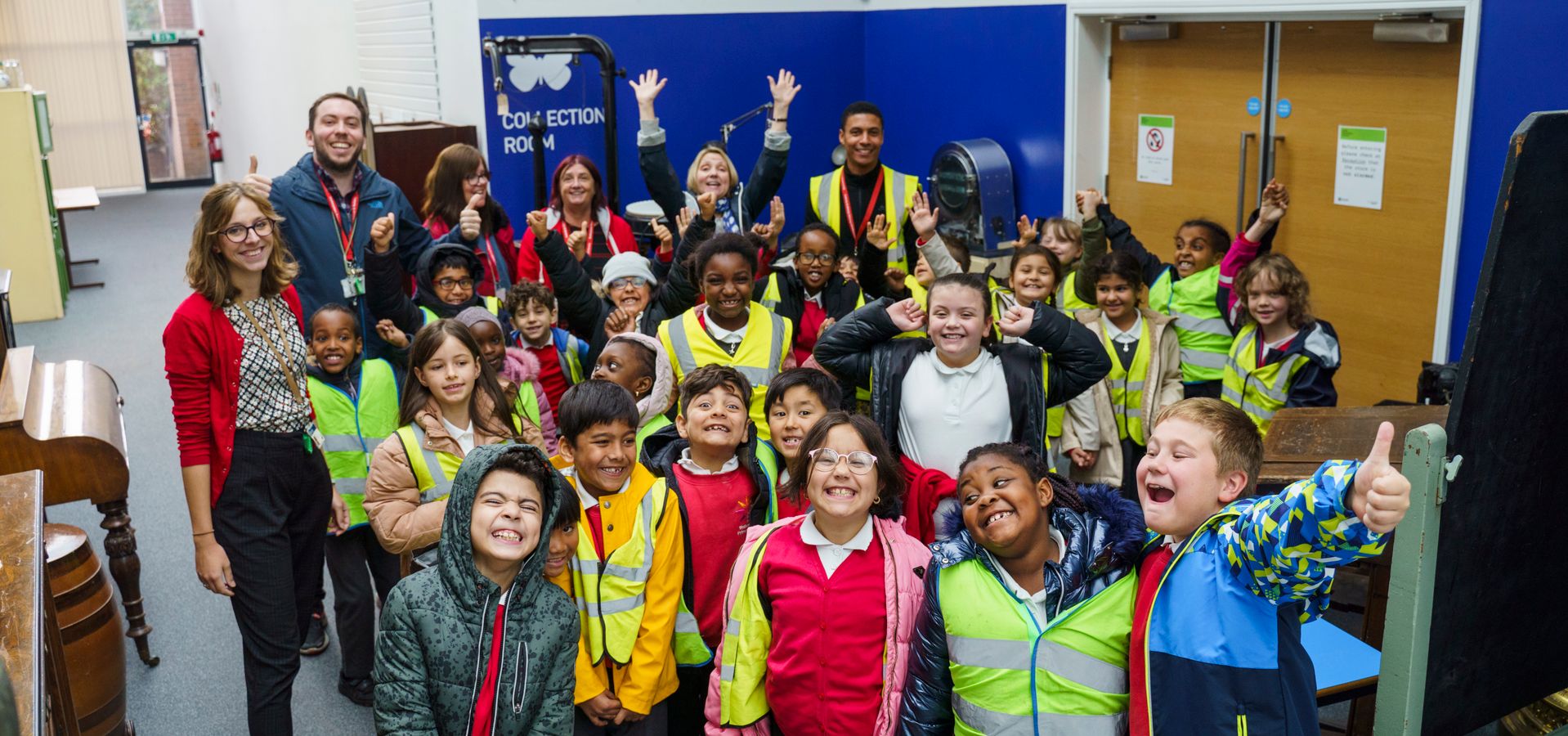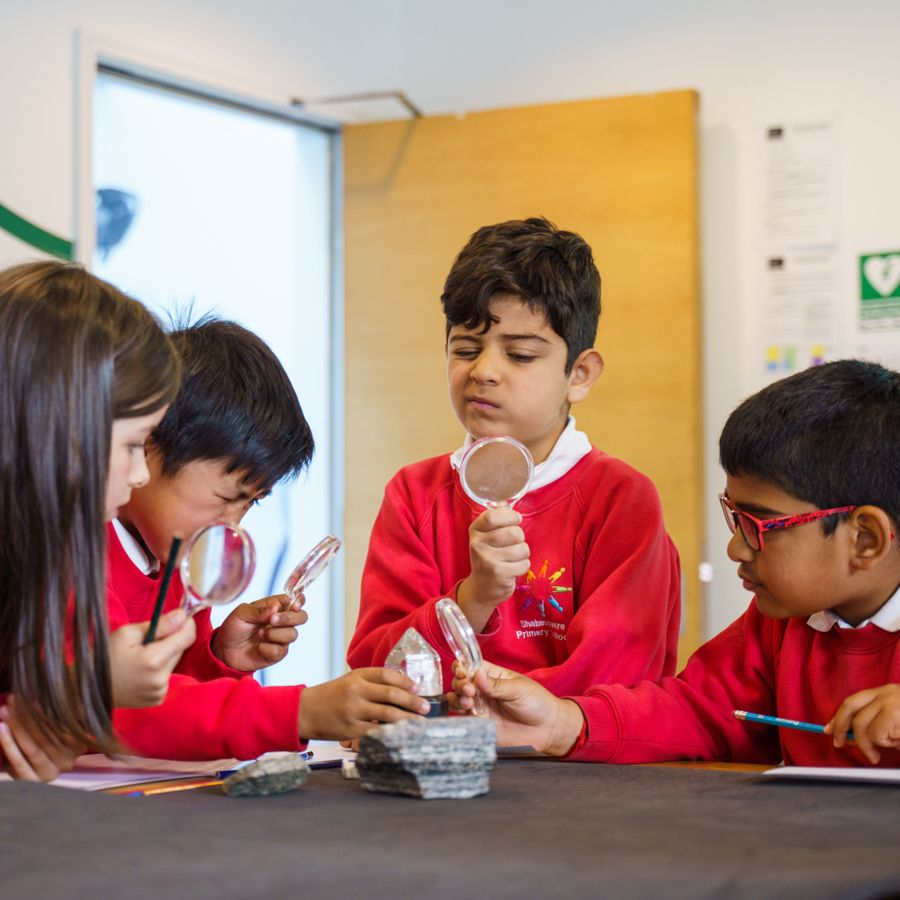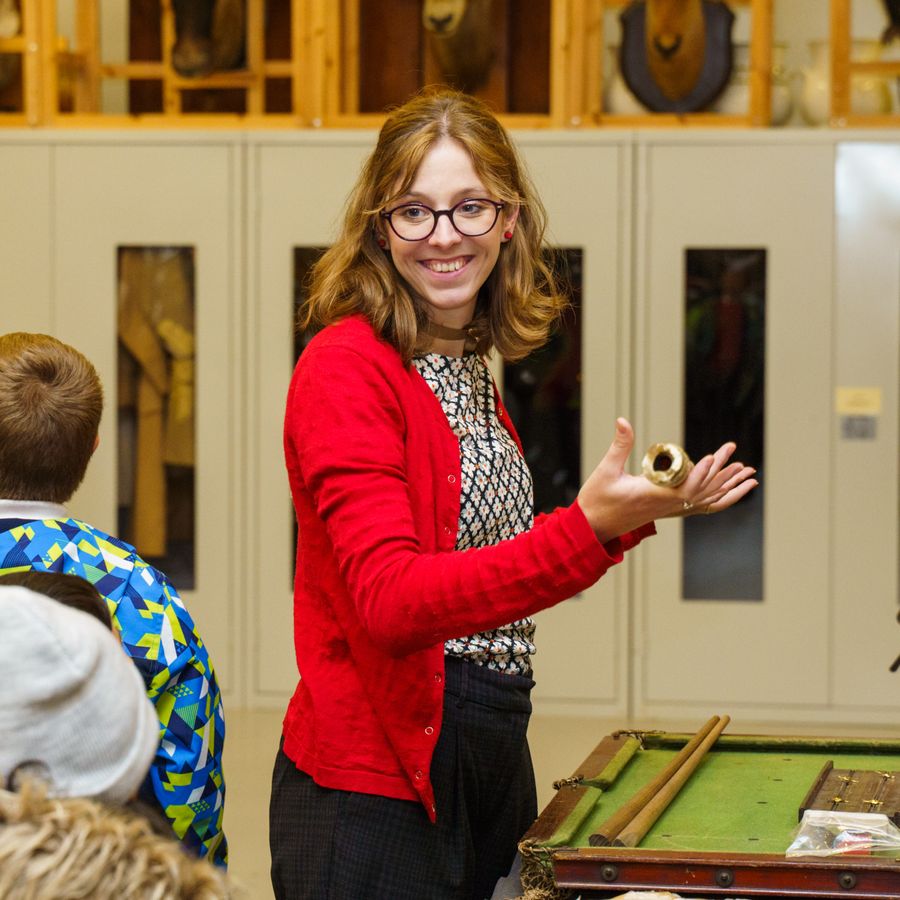
How Museums Can Help Schools With Recovery Curriculums
Lockdown has affected all our lives, personal and professional. As thoughts move to recovery, we are having conversations around reopening our museums and galleries safely to the public whilst still enabling genuine, authentic, accessible experiences. A large part of that is giving schoolchildren access to their cultural heritage in the city.
The ‘Recovery Curriculum’
We have been talking to local schools about their ‘recovery curriculums’. These are about acknowledging what has happened in the community, fostering mental health and wellbeing in pupils and resettling them into the mindset of learning. Arts and cultural engagements help foster relationships, rekindle the curiosity for learning and provide alternative engagement methods for pupils who have found their own way over the last few months.
From September we are running virtual workshops into classrooms, supported by resources on MyLearning website and our schools membership scheme which includes loans boxes of accessioned museum objects. We have also set up a dedicated recovery curriculum resources page on our website where you can download various worksheets and images for free. These may also be useful for blended learning support between home and school. We suggest using an image, a film, or an object to start enquiry based learning, and an open questioning, child-led approach that will give you an indication of the ways of learning they have used at home.

Closing the Widened Attainment Gap
We know not all pupils will have engaged in learning whilst at home, and that the attainment gap will have widened for some of our children. We also know that object based learning can be a catalyst for social change, developing the creative thinking skills needed for entrepreneurship, innovation and community building. All of these are really needed now, and are a clear stepping stone in recovery curriculums.
In terms of catching up academically, museum objects and the stories they tell can usually teach a learning point more clearly, concisely and memorably than a paper based exercise. We have recently spoken to teachers about using collections from Leeds Discovery Centre to teach climate change using snail shells, taxidermy for evolution or adaptation, numismatics (coins and medals) for maths, chronological understanding for history and leadership in sport.
It doesn’t have to be a museum object (I mean, that’s nice if it is, but it doesn’t have to be). Use anything you have at home or at school that helps your teaching point, and that can be cleaned or left for 72hrs between groups. Can you use outdoor spaces? Can the environment become your giant object?

Bereavement, Loss, Commemoration
Society is grieving for a loss of people, freedom and ways of life that were the norm until a few months ago. Museums and object based learning are a good starting point for discussions about commemoration, loss and bereavement as they build communities. As a service, we are gathering stories of lockdown for the future. We are living through history.
You Can’t Replace the Real
We have images and films, but, to be honest, we’re probably all sick of screens! You can’t replace the real: the excitement of objects and a school visit to a museum. We can still run our primary school loans box service safely, and once you are comfortable and confident, come back, visit and use the collections. We can help with risk assessments and planning, and are waiting to say hello and welcome you in!
By Kate Fellows, Head of Learning and Access
Visit the Leeds Discovery Centre to learn more
Book a behind the scenes store tour to see all the Leeds Discovery Centre has to offer.
